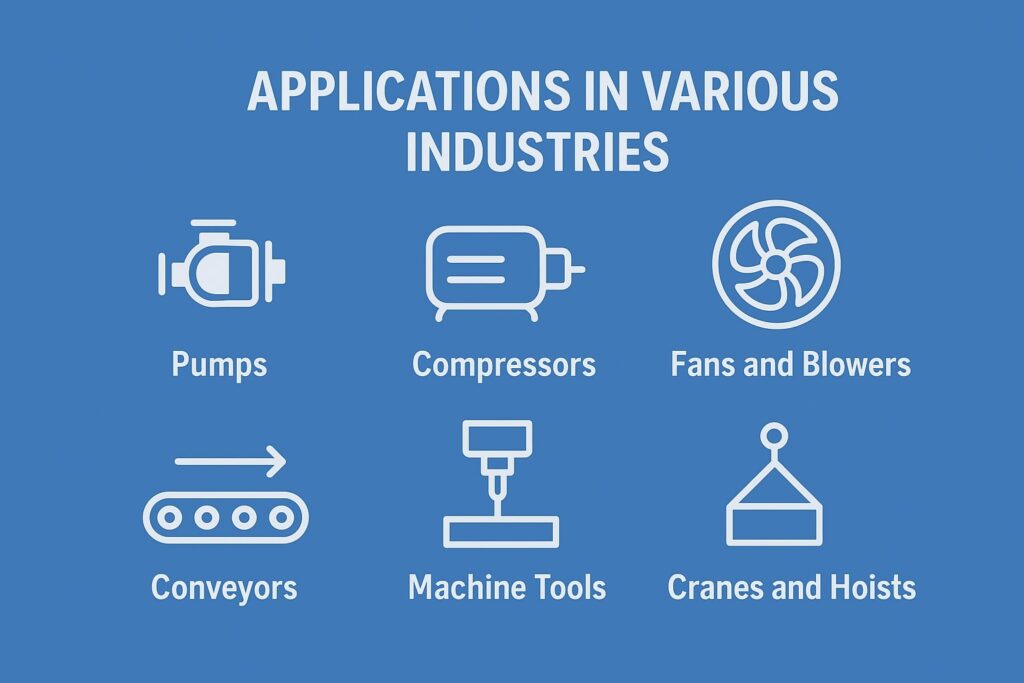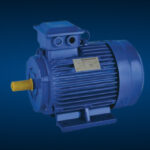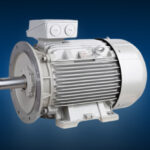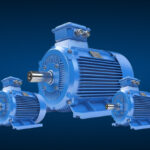Today three phase motors drive most of the modern industry, from pumps in oil refineries to conveyors in manufacturing plants. This article describes the working principle of a three-phase induction motor, starting with its basic components.
We review three key phase motor types, including squirrel cage induction motors and their applications in harsh environments.
You will read below why such motors are still required for high efficiency and reliability in petrochemicals and power generation industries, helping businesses cut costs and increase productivity.
3 Phase Motors Overview
- Three phase Motors use alternating current in three phases to produce a rotating magnetic field in the rotor that causes motion without direct electrical connections.
- The working principle of a three phase motor is electromagnetic induction, where stator windings create a magnetic field, which causes current in the rotor to turn.
- Common three phase motor types are squirrel cage and slip ring designs, with squirrel cage being the simplest and most durable.
- These motors reach efficiencies up to 95% in IE4 models and 10-20% in heavy-duty applications.
Understanding the Basics of Three-Phase Motors
Electric motors convert electrical energy into mechanical work. And specifically, three phase motors have a robust design fit for industrial duty. Unlike single-phase motors, which are suited for lighter loads such as household fans, three phase motors are designed for heavy loads.
They use three phase alternating current (AC) with 120-degree phase offsets. This avoids the pulsations in power delivery of single-phase systems.
Imagine a factory floor in an oil and gas plant. Powered pumps move fluids day and night by three phase motors.
These motors constitute more than 70% of industrial electric motors worldwide. They have a stator, which is the stationary part and a rotor that spins inside of it. The windings on the stator are connected to the three phase supply & the rotor reacts to the magnetic field thus produced.
Key components shape their performance. Bearings support the rotor shaft with low friction. Enclosures protect against dust and moisture, often IP55 for harsh environments such as chemical processing.
Heat is displaced by cooling fans or fins, thus avoiding overloads. In power generation facilities, such features keep operations reliable.
The Working Principle of a Three-Phase Induction Motor

Three phase induction motor working principle is based on electromagnetic induction discovered by Michael Faraday.
A three phase motor connected to a three phase AC supply produces a rotating magnetic field that drives a rotor without physical contact. This provides smooth motion for industrial jobs such as powering pumps or compressors.
- Three Phase Supply: The stator windings receive three AC currents, each offset by 120 degrees, creating a consistent power flow.
- Rotating Magnetic Field (RMF): These currents generate magnetic fields that combine into an RMF, spinning at synchronous speed (Ns = 120f / P, where f is frequency and P is poles).
- Rotor Induction: The RMF causes currents in the rotor (via Faraday’s law), which create a secondary magnetic field.
- Torque Production: This torque interaction between the stator RMF and rotor field produces a spin of the rotor.
- Slip Mechanism: A slight slip of the rotor behind the RMF permits continuous current induction for sustained motion.
- VFD Integration: Variable frequency drives adjust supply frequency for precise speed control with 30% energy savings in variable-load systems.
- Self-Starting: Unlike some motors, three phase motors start automatically without external devices, ideal for industrial reliability.
Types of Three Phase Motor

Three-phase motors are available in forms adapted to many industrial needs, ranging from high-torque applications to precision control.
- Squirrel Cage Induction Motors: Have a rotor with shorted aluminium or copper bars for low maintenance and high starting torque for pumps and conveyors. They have 90% market share.
- Wound Rotor (Slip Ring) Motors: Use insulated rotor windings connected via slip rings for speed control with external resistors for cranes or mills with high starting torque.
- Synchronous Motors: Run at exact synchronous speed with DC-excited rotors for constant-speed applications like generators in power plants.
- Explosion-Proof Motors: ATEX / IECEx approved for hazardous environments like oil and gas and chemical processing.
- High-Efficiency Motors (IE4): In a 2024 EE Power article, premium copper windings can cut losses by 15% in energy-conscious applications.
- Dual-Speed Motors: Switch between pole configurations, such as 4/2 pole, for various speed settings in pumps or ventilation systems.
Applications in Various Industries

Three-phase motors drive critical equipment with precision and power in oil and gas, manufacturing and power generation industries.
Their capacity to lift and work reliably in harsh conditions makes them indispensable. These motors run compressors in refineries or drive fans in power plants, supporting processes across sectors.
- Pumps: A three phase motor drives centrifugal & submersible pumps in oil refineries & water treatment.
- Compressors: Power air/gas compressors for petrochemical plants, handling high-pressure demands.
- Fans and Blowers: Operate induced draft fans for power generation while preserving airflow for combustion processes.
- Conveyors: Automated material handling in manufacturing/warehousing – support production lines.
- Machine Tools: Lathes and grinders drive lathes in manufacturing for metalworking work.
- Cranes and Hoists: High-torque wound-rotor motors allow heavy lifting in construction and oil rigs.
Advantages of Three Phase Motors
The popularity of three phase motors benefits from their reliability and efficiency in industrial applications. For example, Squirrel cage motors in particular are relatively inexpensive and require little maintenance.

- High Efficiency: IE3 and IE4 models reach 85-95% efficiency, saving energy costs of 5-10% over IE2 by IEC standards.
- Low Maintenance: The squirrel cage motors have no brushes or slip rings, so wear is minimal and motors last 20-40,000 hours.
- Robust Construction: Dust & moisture-resistant IP55 enclosures are ideal for chemical plants.
- High Starting Torque: Delivers 2-3 times rated torque, ideal for loaded starts in mixers or conveyors.
- Versatility: Support VFDs for speed control for adaptability in variable-load applications like pumps.
- Cost-Effective: Simple design lowers manufacturing and repair costs, and ROI can be achieved within 2-3 years.
Wrapping Up
From squirrel cage induction motors for rugged simplicity to various three phase motor-like wound rotor designs, these machines deliver torque and reliability in demanding applications.
Their high efficiency and low maintenance make them indispensable for an energy-conscious world.
Shrirang Enterprise supplies high-quality three phase motors from Siemens, ABB and Bharat Bijlee for oil and gas, petrochemicals and manufacturing.
Get access to flame-proof models for hazardous environments or gear motors for precise control.
Our team helps you find the right fit. Call today to discuss your needs & let us power your operations with reliable solutions.
Frequently asked question(FAQs)
Q1. What is the working principle of a 3 phase AC induction motor?
A three-phase AC induction motor works on electromagnetic induction. When three-phase AC supply is given to the stator windings, it creates a rotating magnetic field (RMF). This induces current in the rotor, generating torque that causes it to rotate. The motor runs smoothly without direct electrical connection to the rotor.
Q2. What are the main components of a three-phase induction motor?
The key components include the stator, rotor (squirrel cage or slip ring), bearings, cooling fan, and enclosure. The stator produces the rotating magnetic field, while the rotor turns under electromagnetic induction. Enclosures (IP55 and above) protect the motor from dust, heat, and moisture, ensuring reliable industrial use.
Q3. What are the advantages of using three-phase motors in industries?
Three-phase motors offer high efficiency (up to 95%), low maintenance, robust construction, high starting torque, and smooth self-starting capability. They can handle heavy loads, integrate with variable frequency drives (VFDs), and are cost-effective in the long run, making them ideal for pumps, compressors, conveyors, and cranes.






